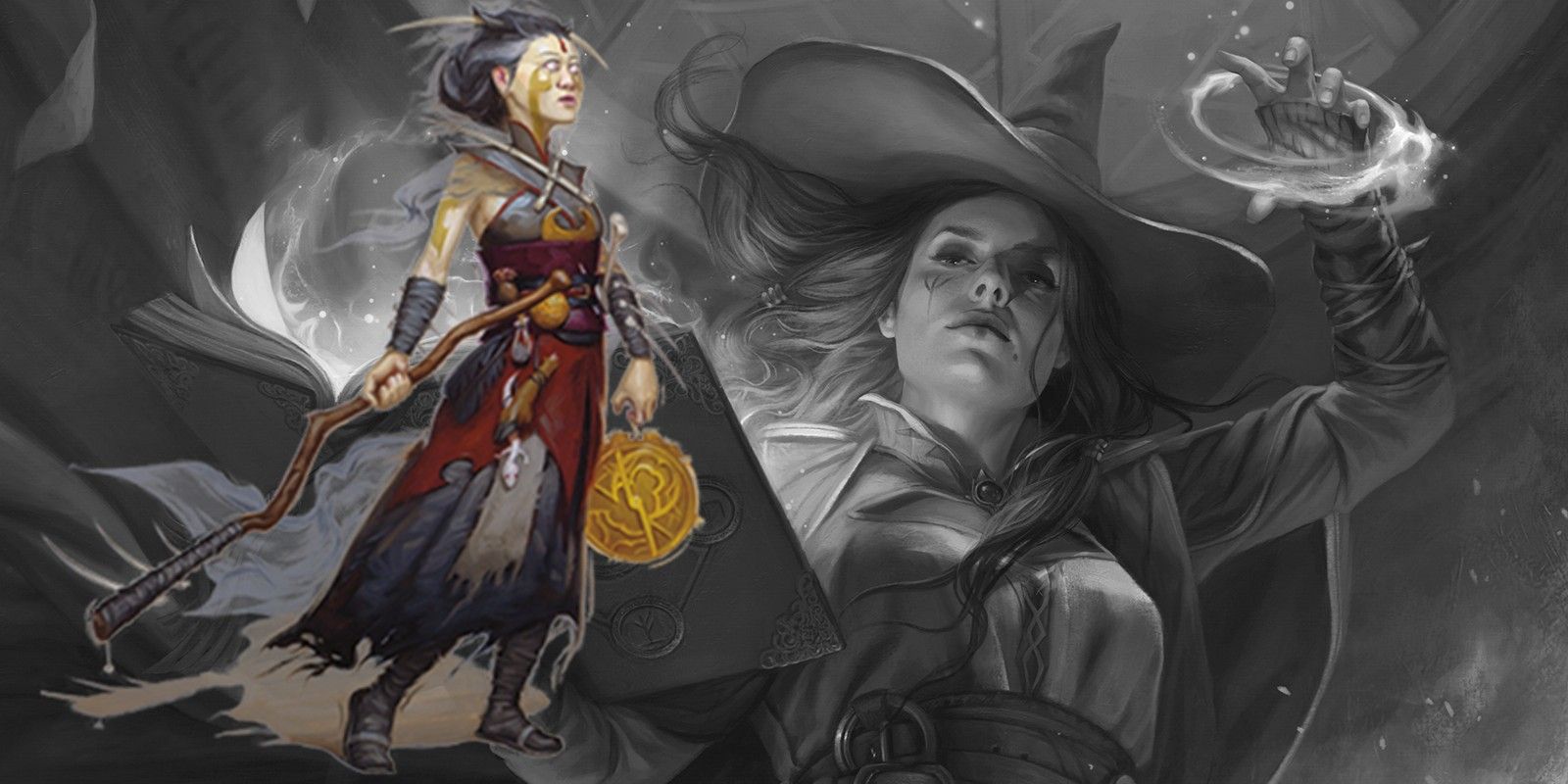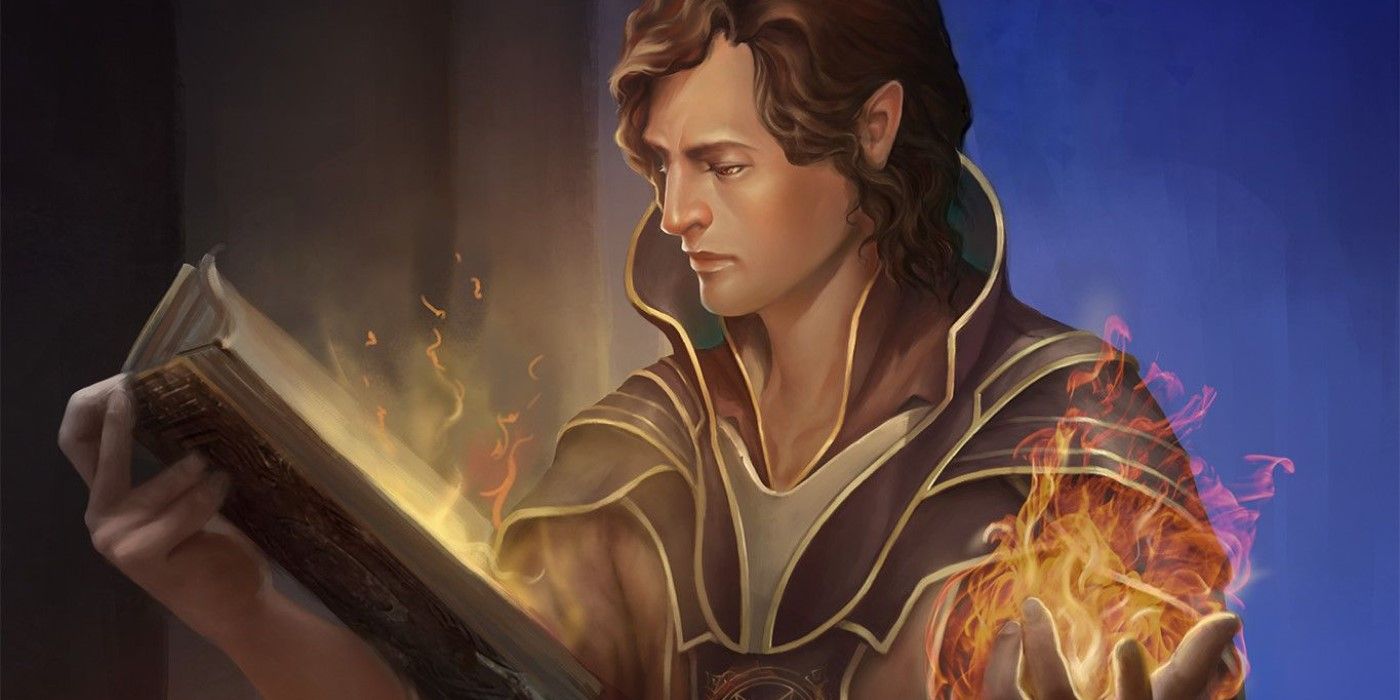Cantrips may not be the most powerful spells in Dungeons & Dragons, but they are still important. Unlike most spells, Cantrips do not require the player to expend a Spell Slot in order to use them, which means they can fill in the gaps when a spellcaster's resources are limited. D&D has it's fair share of useful cantrips that can deal damage or add to a party's versatility, but it also has a few duds players should avoid.
Dungeons & Dragons' most powerful Cantrip, when it comes dealing damage, is Eldritch Blast. Found on the Warlock's spell list, Eldritch Blast deals 1d10 force damage, one of the most infrequently resisted damage types in the game. At higher levels, Eldritch Blast allows the player to shoot additional beams, allowing the damage to keep up with the Extra Attacks martial classes have access too. When Eldritch Blast is paired with the right character, especially a Warlock with the Agonizing Blast Invocation, Eldritch Blast deals some of the most consistent damage in all of Dungeons & Dragons.
For players more interested in supporting their party, Guidance is a great choice. The Guidance Cantrip allows the player to give either themselves or an ally an extra d4 to add to any ability check roll. Although this is not the most impactful ability in combat, it can be used repeatedly outside of battle, meaning it can help players out in social situations or during exploration. For players looking to play as the perfect support character in Dungeons & Dragons, Guidance is a necessary choice.
How To Use Minor Illusion In Dungeons & Dragons
One of the most versatile Cantrips in Dungeons & Dragons is Minor Illusion, which makes a great signature spell for non-violent characters. Minor Illusion allows a spellcaster to conjure a small image or sound of whatever they wish, best used as a distraction for enemies. Minor Illusion also pairs well with Mage Hand, one of D&D's most iconic Cantrips, which essentially increases a spellcaster's reach. Having both Minor Illusion and Mage Hand can be very useful for a character and can make for some hilarious and creative hijinks.
As for the worst Cantrips in Dungeons & Dragons, True Strike deserves an honorable mention. True Strike gives a character an advantage on their next attack, but, considering it requires an action to cast, the player must sacrifice their turn first. Since True Strike does have niche uses, it is not the absolute worst Cantrip in D&D. That belongs to Spare The Dying, a necromancy Cantrip that stabilizes a creature with 0 hit points. Since players can be stabilized with a medicine check or brought back to consciousness with any type of healing, this spell is a waste of a Cantrip option, unless players want to use it for roleplay purposes.
Every spellcaster's best strategy in Dungeons & Dragons is making the most of every Spell Slot, and having access unlimited use Cantrips means they can save their best spells for the perfect situation. Being equipped with at least one damaging Cantrip and one utility Cantrip will set a character up for success, since they will always have a solid choice of spell, both in and out of combat.


